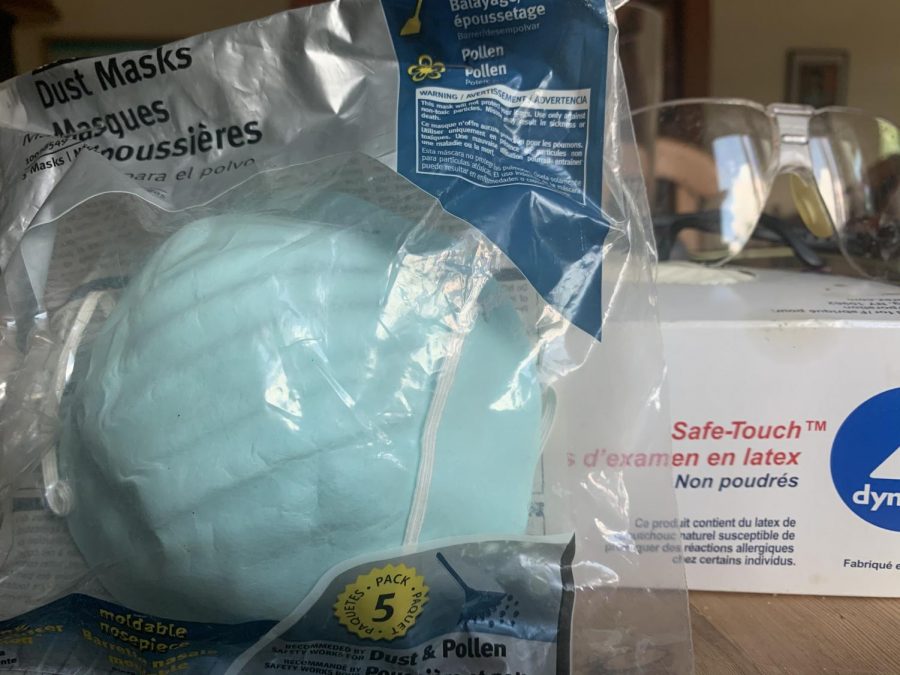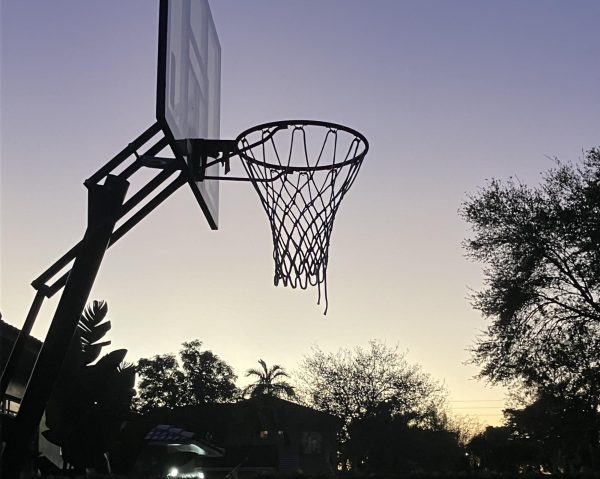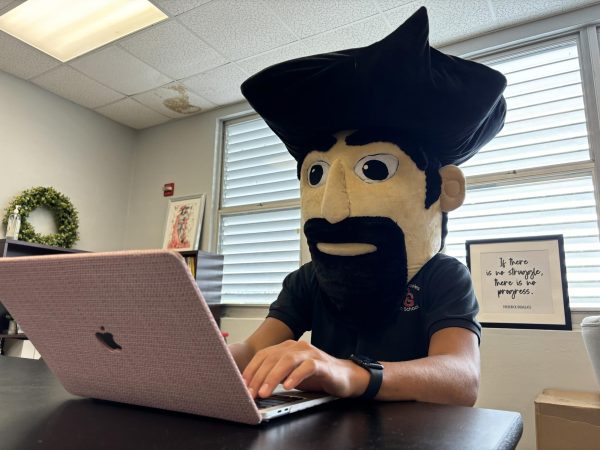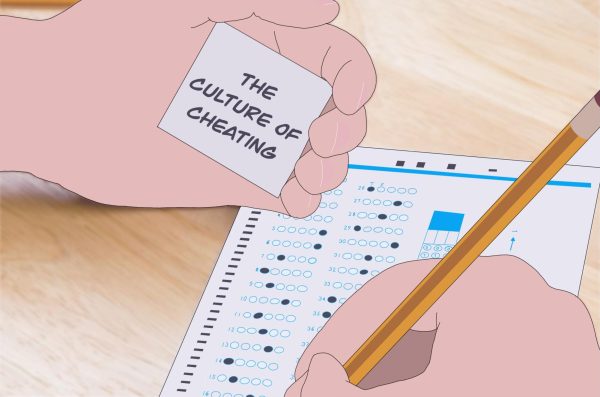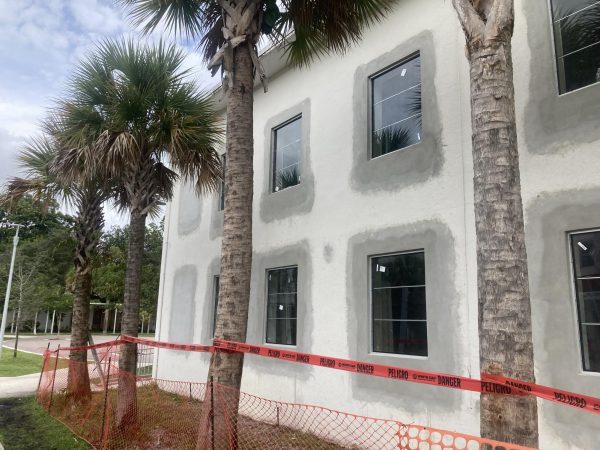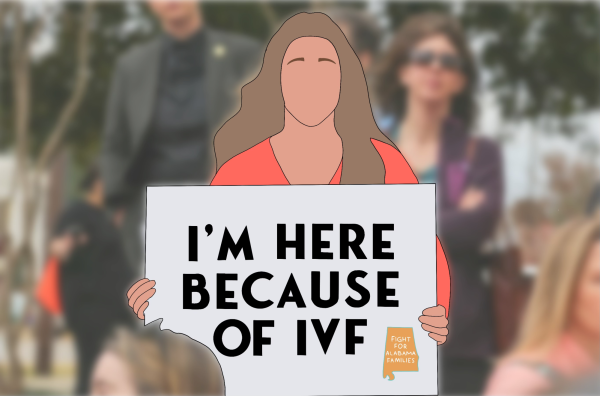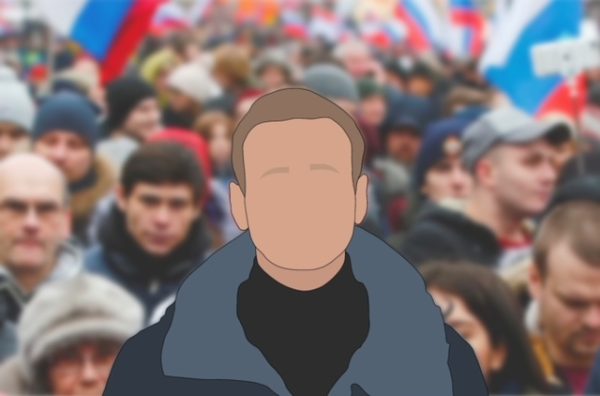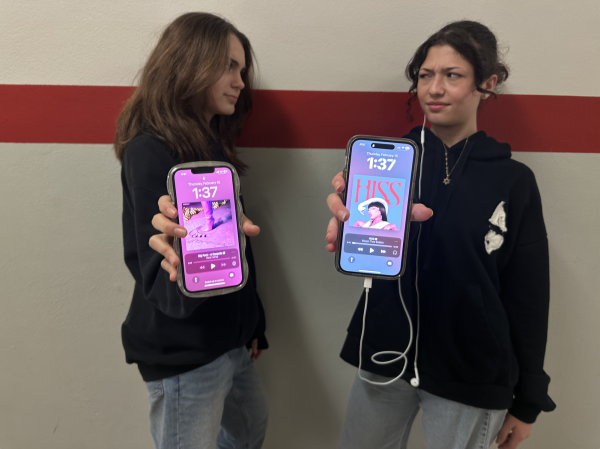Flattening the Curve: The Importance of Social Distancing
Essential workers, such as people in the healthcare system, protect themselves with masks and latex gloves to work during this uncertain time.
As the Coronavirus pandemic continues to spread across the globe, people from every part of the world are searching for a solution to this health crisis. With the number of cases only increasing in the U.S. this far, our nation is looking for guidance as to what can be done to stop this virus. Besides upholding basic hygiene practices, like washing your hands regularly or disinfecting frequently touched surfaces, the Center for Disease Control and Prevention (CDC) now recommends practicing social distancing. If you are not already aware, social distancing is a broader term commonly used to describe practices limiting contact between individuals. Although this includes the cancellation of large group events such as the Ultra Music Festival, it is often in reference to keeping a six-foot gap in between two people, as this is no longer considered close contact and the virus is not able to be transferred from that distance. In this time of uncertainty, social distancing practices should be implemented by every individual because, even if you are at a lower risk of fatality because of your age, you are still putting others at risk as symptoms do not appear right away. Additionally, by avoiding close contact with other people, you are helping to flatten the curve of infection so that those needing treatment in the hospital have access.
“Social distancing is really important to keep the virus from spreading. Even if our age group for the most part is not at high risk, it is important to maintain social distancing for people who are at risk, like grandparents or those with pre-existing conditions. If we go out and have a family member of an advanced age group living at home with us, we are putting them at risk,” sophomore Jasming Senel said.
Firstly, by partaking in social distancing, you are preemptively protecting yourself from infection and all of those around you. If proper measures are not taken and people blatantly ignore social distancing practices altogether, they are at much higher risk of contracting the virus. Once this virus is contracted, symptoms may not be apparent until, at most, 14 days later. This means that a person can be a carrier for a long period of time, unknowingly passing the disease onto their coworkers, family members and grocery store workers to name a few. If these newly infected people continue unsafe practices, they would continue to spread the virus at an exponential rate. Staying six feet away from everyone at all times provides a solution to save yourself and those you care about from this pandemic.
Additionally, practicing social distancing can allow for more individuals to recover successfully with the medication they need in hospitals. This is because, by keeping yourself safe from sickness, you are in turn flattening the curve of infection. This “curve” was designed to portray the capabilities of the healthcare system, meaning that if the infection were to spike too high and there was a steeper curve, hospitals would not have the necessary items to take care of patients. In essence, by that point of mass infection, all hospitals would be full and people would die not because of the fatality of the disease but because they could not receive proper treatment. By protecting yourself through social distancing practices, you are saving resources for those that are fighting with the illness and putting less lives at risk.
“I do not think quarantine is terrible because I have time to do things that I usually put off, like practicing piano and doing exercise. I think social distancing will prove effective because with people staying at home, the virus will not spread as quickly and will give our government and healthcare system a chance to deal with the crisis more efficiently,” sophomore Abigail Felan said.
Many people suggest that staying home is the only viable option. Although it is one way to prevent infection, the CDC also recommends practicing social distancing. Even though staying home might be an easier preventative measure for some, others that struggle with claustrophobia or depression that comes with being at home, spending time outdoors while keeping a safe distance from others can ameliorate any feelings of being trapped and, therefore, allow you to maintain safe social distancing practices as long as possible. As of now, social distancing is still an effective way to prevent the disease, even though you are seeing others at a distance. However, circumstances do change if you are feeling sickness symptoms, as the CDC then recommends to stay home and self-quarantine. In the end, both methods function in preventing the disease.
Social distancing, when combined with careful hygiene, has been proven to be an effective method to combat the Coronavirus. By implementing this practice in everyday life, you are helping yourself, those around you and those seeking medical care. Be sure to follow the CDC and Dr. Fauci for updates, as the recommendation by the CDC could change from “stay home if you are sick” to staying home in general as the situation evolves. On that note, make sure to continue to combat misinformation surrounding the virus and only trust reputable sources like the CDC. To end the spread of the virus as soon as possible, please make conscious decisions to protect yourself and others through social distancing or self-isolation.
Your donation will support the student journalists of Coral Gables Senior High School. Your contribution will help us cover our annual website hosting costs.

Maïa Berthier is a senior in the International Baccalaureate program at Coral Gables Senior High. This is her fourth year in CavsConnect and second year...


